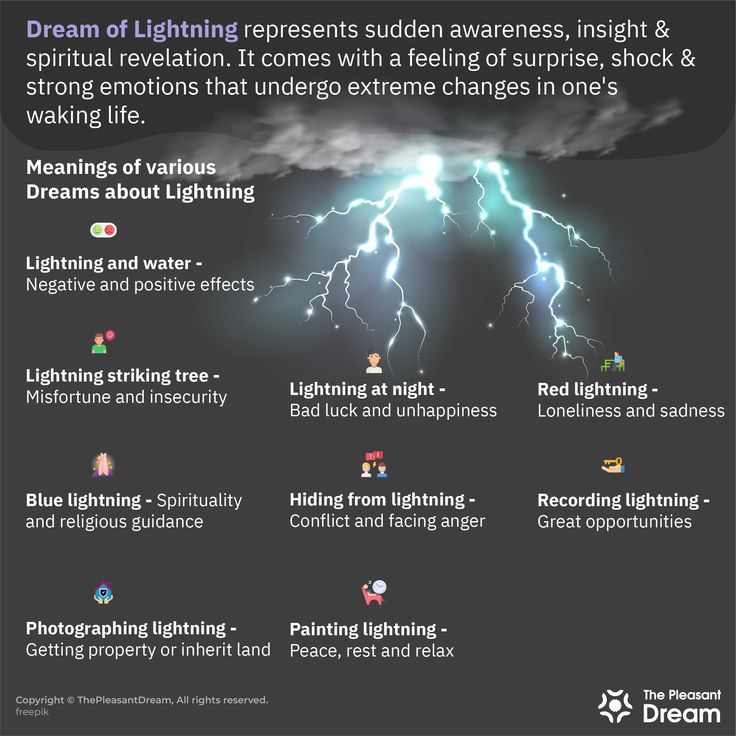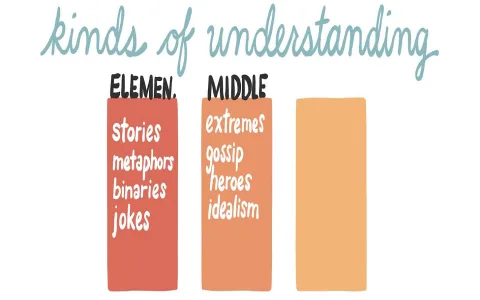You know, for the longest time, I thought I was just weird. I kept having this same damn dream, over and over, sometimes weeks apart, sometimes three nights in a row. It wasn’t about flying or falling, which everyone talks about. It was always the sound of thunder, relentless and deep, but without the rain. Just the rumble, shaking the windows.
I ignored it for maybe a year. Who tracks dreams? I’m busy. I run a business, I have bills, I have dogs to walk. But then the weirdest thing happened that forced me to finally start tracking this stuff down. It was last spring, right when I was negotiating a tricky contract. I had the thunder dream—loud, close, unsettling—on a Tuesday night. I woke up feeling heavy, like something was about to drop. I brushed it off, went into the meeting on Wednesday, and totally messed up the negotiation. I didn’t just lose the deal; I managed to anger the client enough that they pulled all their future business too. It was a disaster.
Establishing the Log: Tracking the Rumbling
I sat on that failure for a few days, stewing. Then I remembered the dream. I started flipping back through my notes and calendars, trying to link the feeling of doom to the actual sound. I realized every time I had a major professional setback, or an avoidable conflict with someone close to me, the thunder dream had occurred in the 48 hours beforehand. It wasn’t random noise; it was my internal system screaming bloody murder.

So, I decided I had to stop just letting these dreams happen and start charting them. I grabbed a cheap spiral notebook—nothing fancy, just the kind kids use for school—and designated it my “Rumble Log.”
The first thing I did was define the variables. I didn’t just write “Thunder Dream.” I had to break down the actual experience. I used these four key points to jot down every detail immediately after waking up, even if it was 3 AM:
- Intensity: Was it a faint roll or a window-rattling boom? I ranked it 1 (distant) to 5 (right above my head).
- Vibration: Did I feel the sound in my chest or just hear it?
- Emotion: What was my primary feeling? Fear, resignation, anxiety, or annoyance?
- Immediate Action/Context: What was I worried about the next day? (Work audit, tough conversation, big decision).
I started logging everything. I tracked maybe forty instances over six months. It felt tedious, like homework I didn’t sign up for, but I stuck with it because I desperately wanted to avoid another catastrophic Tuesday.
The Deep Dive: Decoding the Thunder’s Volume
This is where the real work started, where I pored over the handwritten notes, trying to find the statistical link—even though I’m not a statistician. I just used simple visual clustering. I physically drew lines connecting the high-intensity dreams (rank 4s and 5s) to the real-life events that followed.
What I pieced together was astonishingly simple. The intensity of the thunder directly correlated to the amount of unavoidable internal conflict I was ignoring.
If the thunder was a distant, muffled roll (Rank 1-2), it usually meant I was feeling guilty about something small—maybe I hadn’t returned a phone call or I had procrastinated on a minor chore. The sound was a warning, but the consequences were negligible. A bit of stress, easily fixed.
But when the thunder was a sharp, cracking boom (Rank 4-5), felt deep in my bones and accompanied by pure anxiety, that was a signal that I was ignoring a major, foundational conflict. I realized I was using the dream to avoid facing things like:
- The fact that I needed to fire a subcontractor who was failing badly.
- The massive anxiety I had about moving house, which I kept pretending I was fine with.
- The financial panic over a big investment that I was avoiding reviewing.
The thunder wasn’t predicting a natural storm; it was predicting the emotional explosion I was bottling up. My subconscious was yelling at me because my conscious brain was being a coward and trying to sweep it under the rug.
The Realization: Taming the Storm
Once I figured out this pattern, I had a real-time defense mechanism. The dream stopped being a scary event and became a data point.
Now, when I wake up shaking from the recurring thunder dream, I don’t panic. I immediately sit up, flip open the Rumble Log, and write down the intensity and emotion. Then, before I even get out of bed, I identify the ‘4 or 5’ issue. What is the biggest, most unpleasant thing I have deliberately avoided thinking about yesterday?
By forcing myself to name the conflict right after the dream, I immediately strip the power from the anxiety. I still had the dream last week—a solid Rank 4, felt it in my chest. I knew right away it was because I had been delaying a difficult conversation with my business partner about restructuring our roles. I tackled that conversation that afternoon. It was tough, but the conflict resolution was quick. Crucially, no catastrophic collateral damage followed.
I still get the dreams sometimes. It seems my subconscious is a relentless reminder system. But now, when I hear that distant rumbling in my sleep, I just mentally brace myself and start prepping my action plan. It’s wild how much control you get back just by listening to the noise you keep trying to tune out.
If you’ve got a recurring dream, something that just bugs you repeatedly, don’t just dismiss it. It’s your brain giving you free advice. You just have to figure out how to translate the stupid things it’s saying.










